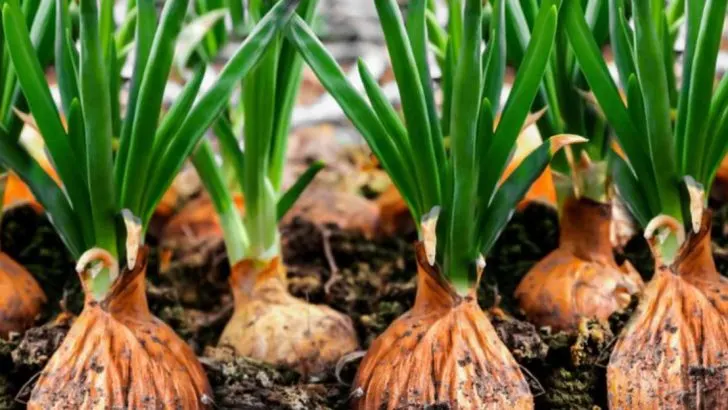Growing sweet peppers successfully requires more than just good soil and sunlight—companion planting can make a big difference. By planting the right neighbors alongside your peppers, you can naturally repel pests, improve soil health, and even enhance their flavor. Some plants provide shade, while others deter common pepper-loving insects. Here are 11 of the best companion plants to support and protect your sweet peppers for a thriving, productive garden.
Basil
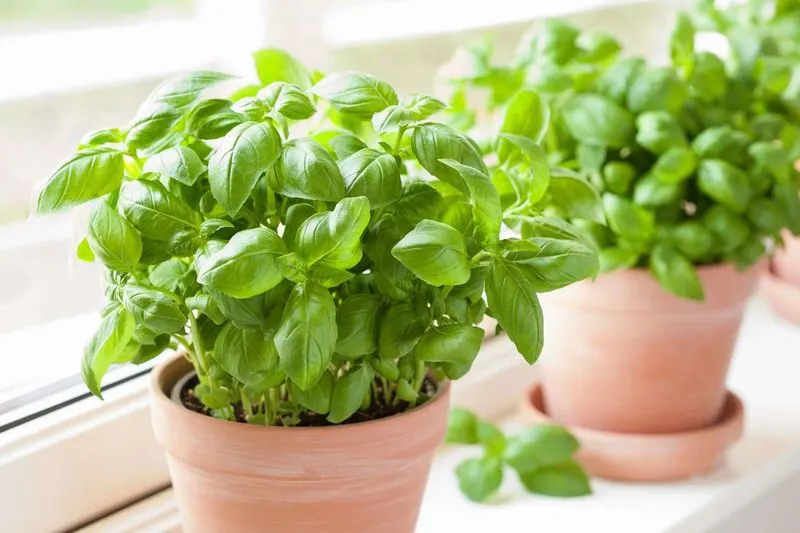
Basil is more than just a flavorful herb; it’s a powerhouse companion for sweet peppers. Its aroma is known to repel aphids, mosquitoes, and flies, common pests that can plague pepper plants. This aromatic herb can enhance the flavor profile of your peppers, a delightful bonus for culinary enthusiasts. Imagine a garden where the scent of basil mingles with peppers, creating a sensory feast. It’s a simple yet effective way to cultivate a healthy garden ecosystem, benefiting both plants and gardeners alike. Plant basil near your peppers and let nature do the rest.
Marigold
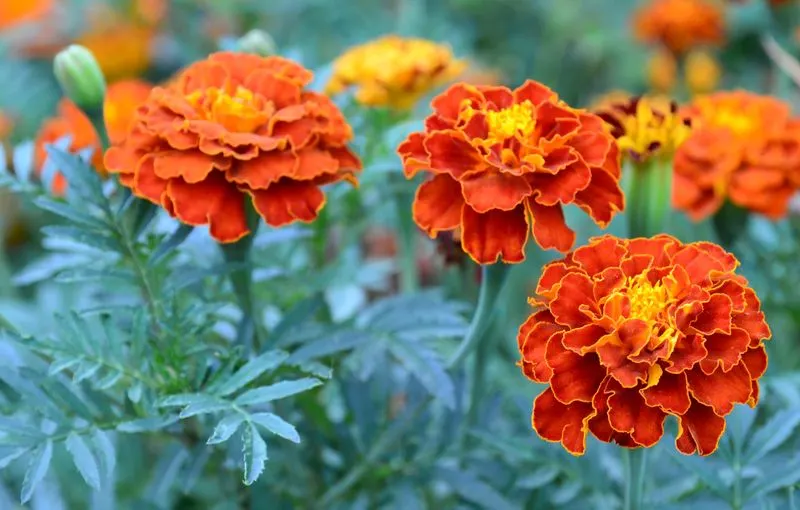
Marigolds add a splash of color to your garden while serving a vital protective role. These vibrant flowers are renowned for their ability to deter nematodes and other pests that threaten pepper plants. Their natural insect-repelling properties mean fewer pesticides and more organic growth. This cheerful companion doesn’t just protect; it also attracts beneficial pollinators to enhance your garden’s productivity. Nestled among your pepper plants, marigolds create a visually appealing and harmonious environment, making your garden both beautiful and functional.
Onions
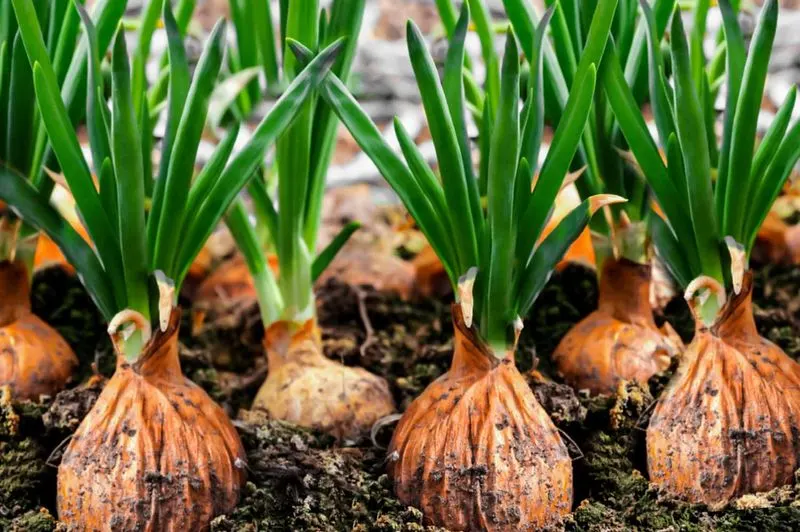
Onions are unsung heroes when it comes to companion planting. Their pungent aroma acts as a natural deterrent to many pests, including aphids and spider mites, which can damage sweet peppers. By planting onions near your peppers, you establish a mutualistic relationship where both plants thrive. Onions require minimal space and resources, making them an efficient addition to any garden. Their presence provides a layer of protection, allowing your sweet peppers to grow unimpeded by pesky invaders. It’s a match made in gardening heaven, offering both utility and ease.
Garlic
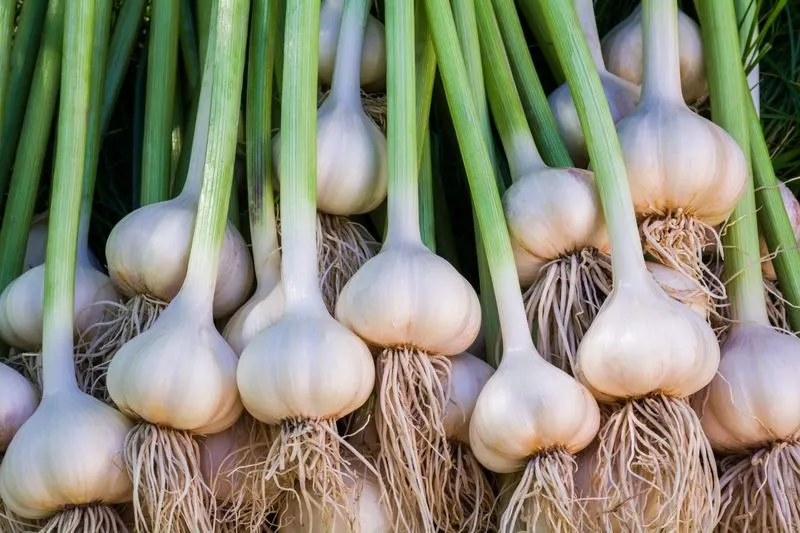
Garlic is more than just a kitchen staple; it’s a gardener’s ally in pest control. Known for its potent aroma, garlic can ward off a range of pests, such as aphids and beetles, that target sweet peppers. When planted nearby, garlic not only fortifies your garden’s defenses but also enhances the health of surrounding plants. Its sulfur compounds enrich the soil, promoting robust plant growth. Integrating garlic into your garden can lead to a more resilient and thriving pepper crop, showcasing the power of thoughtful plant pairings.
Spinach
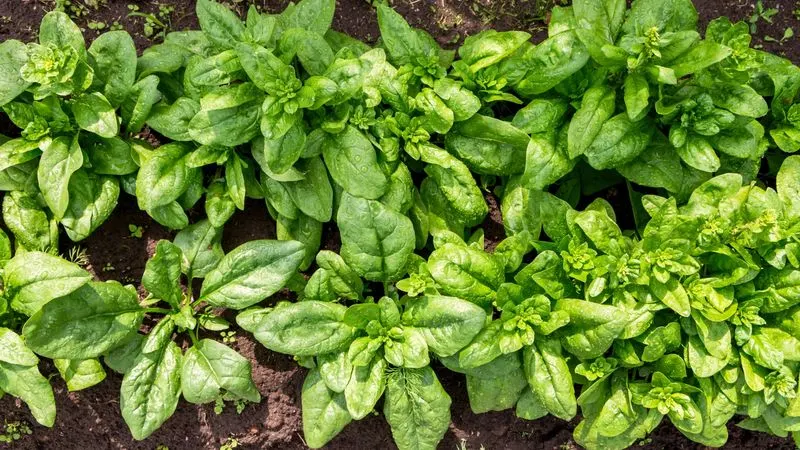
Spinach serves as an excellent ground cover, minimizing weed growth around your sweet peppers. Its broad leaves shade the soil, retaining moisture and reducing the need for frequent watering. This leafy green doesn’t compete aggressively for nutrients, allowing peppers to draw what they need for optimal growth. Spinach’s presence can lead to a more balanced and efficient garden ecosystem. By integrating spinach into your pepper patch, you create a supportive environment where both plants can thrive, fulfilling their roles in your garden’s symbiotic network.
Tomatoes
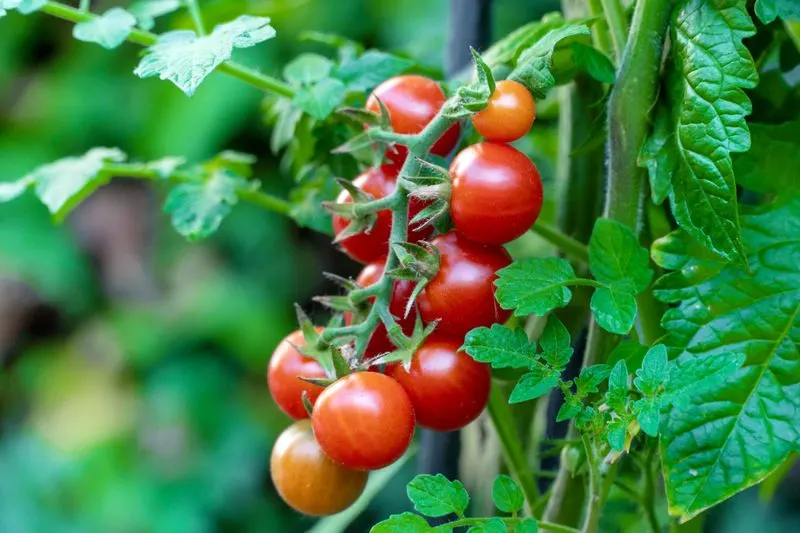
Tomatoes and sweet peppers complement each other not only in culinary dishes but also in the garden. Both plants thrive under similar conditions, and their close proximity can result in a mutually beneficial environment. Tomatoes can act as a living mulch for peppers, shading the soil and conserving moisture. This relationship fosters a microclimate that supports healthy growth. Planting tomatoes alongside peppers encourages vigorous development, creating an integrated plot where both plants flourish. This dynamic duo is a testament to the benefits of pairing compatible crops for maximum yield.
Carrots
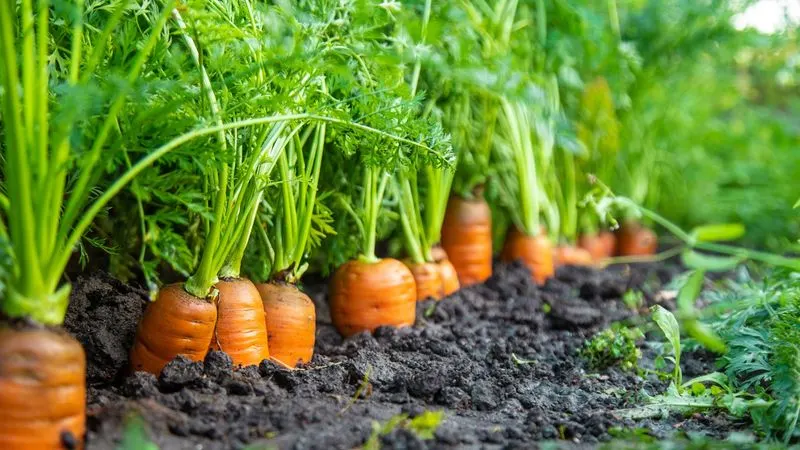
Carrots are an unassuming yet effective companion for sweet peppers. These root vegetables break up compacted soil, improving aeration and water penetration for neighboring pepper plants. As carrots grow underground, they don’t compete for light, allowing peppers to bask in the sun. Their presence enhances soil structure, promoting healthy root development in peppers. Combining these two crops can result in a more productive garden, where both thrive without competing for resources. Carrots’ subterranean growth supports a balanced ecosystem, ensuring your pepper plants grow strong and fruitful.
Nasturtiums
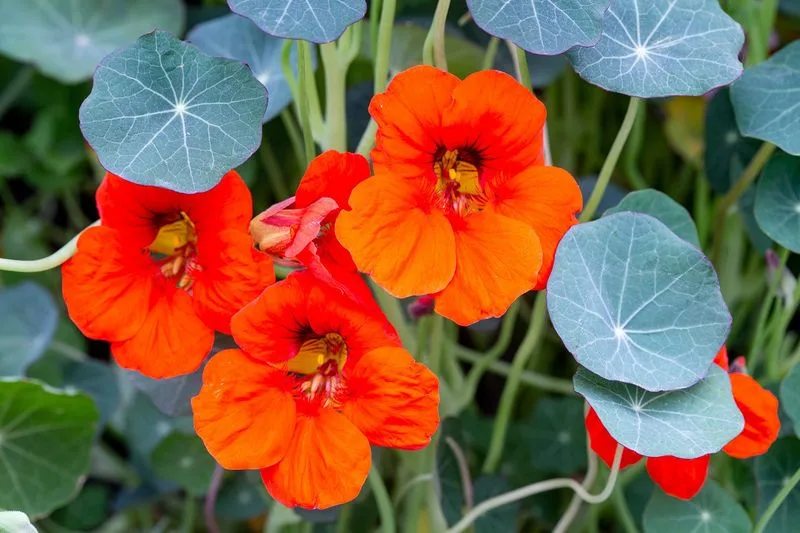
Nasturtiums are more than ornamental blooms; they are guardians of your pepper plants. Their peppery scent deters aphids, whiteflies, and other pests that can damage peppers. These flowers also attract beneficial insects like ladybugs, which prey on harmful garden pests. Nasturtiums provide a beautiful backdrop while contributing to a balanced ecosystem. By planting them among your peppers, you not only add color but also protect your plants naturally. Their dual role as deterrents and attractors makes them invaluable allies in maintaining pepper plant health and vitality.
Cilantro
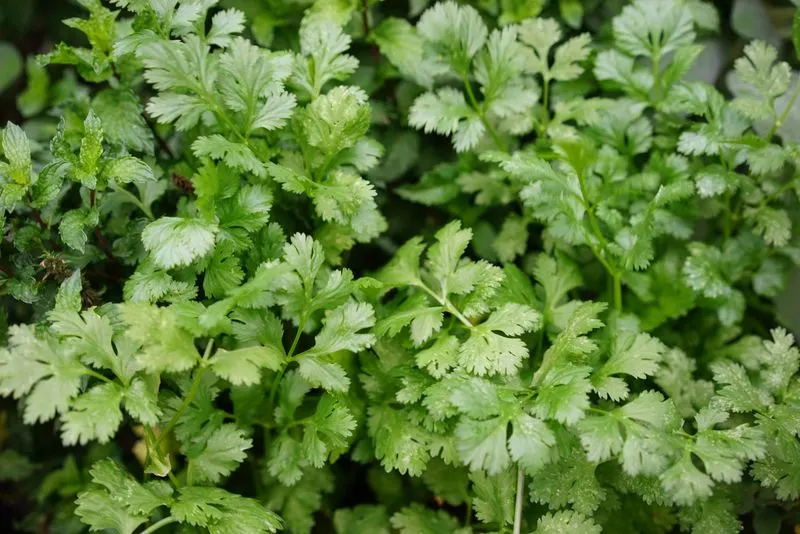
Cilantro offers more than just culinary delight; it’s a strategic companion for sweet peppers. The herb’s scent can confuse and repel harmful pests like aphids and spider mites. Cilantro’s rapid growth can also act as a living mulch, shading the ground and conserving moisture for pepper plants. This dual role of repellent and moisture conserver makes cilantro an excellent choice for gardeners looking to optimize their planting space. By intercropping cilantro with peppers, you create a protective barrier that supports pepper health while enhancing the garden’s biodiversity.
Dill
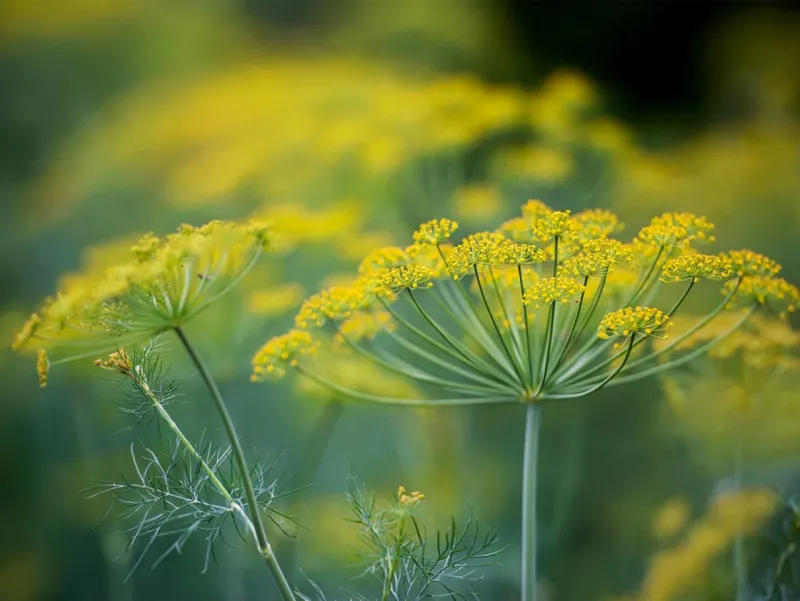
Dill is a multi-talented herb that complements sweet peppers in various ways. Its feathery fronds attract beneficial insects, such as predatory wasps and ladybugs, which help control pest populations. Dill’s presence in the garden fosters a healthier ecosystem where peppers can thrive. Additionally, dill doesn’t overshadow peppers, allowing them ample sunlight and space. This synergy creates an environment where both plants can prosper without competition. By incorporating dill, you not only support your peppers but also encourage a flourishing, dynamic garden ecosystem.
Parsley
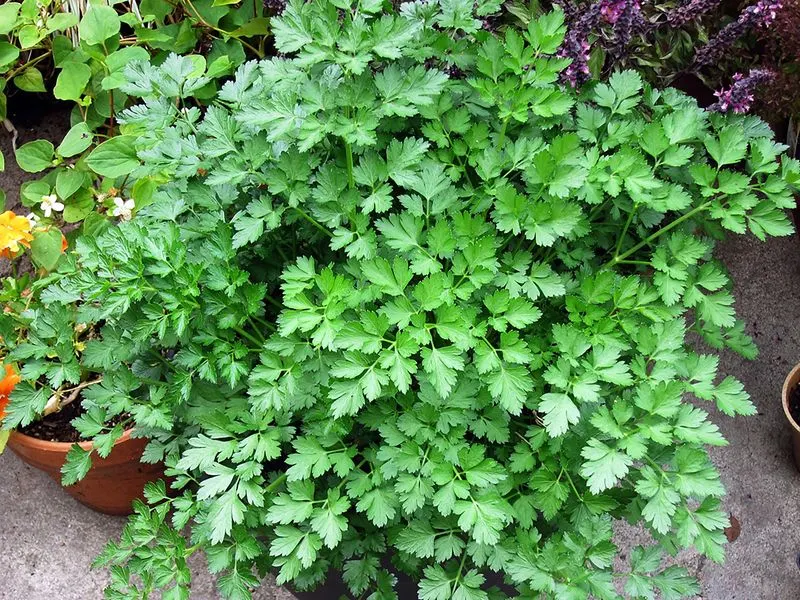
Parsley plays a subtle yet significant role in supporting sweet peppers. The herb attracts beneficial insects, such as hoverflies and predatory wasps, which help keep pest populations in check. Its lush foliage provides ground cover, helping to retain soil moisture and suppress weeds. This companion plant doesn’t compete aggressively for resources, allowing peppers to access the nutrients they need. By pairing parsley with your peppers, you create a harmonious environment where both plants can flourish. It’s a simple addition that promotes a balanced and thriving garden.

